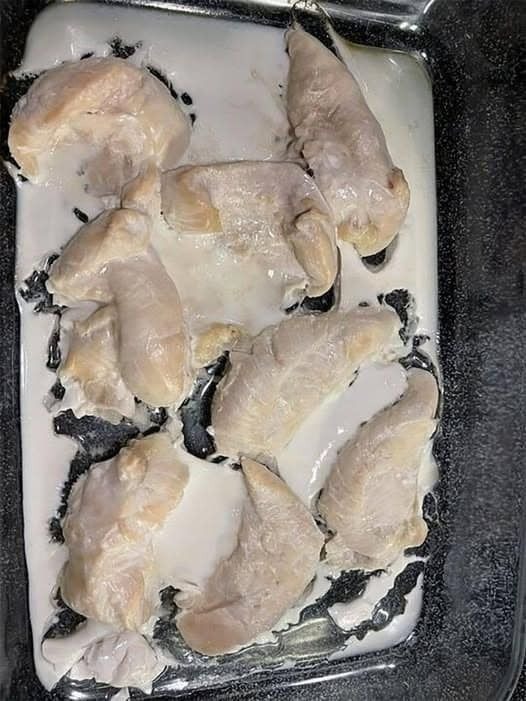Avoid Overcooking : Overcooked chicken loses more moisture, leading to drier meat and more goo. Use a meat thermometer to ensure the internal temperature reaches 165°F (74°C) —the safe minimum for poultry—but doesn’t exceed it significantly.
Choose the Right Cut : Dark meat (like thighs and drumsticks) contains more fat and connective tissue, which helps retain moisture better than lean breast meat.
Sous Vide Cooking : This method involves cooking chicken in a precisely controlled water bath, ensuring even doneness and minimal moisture loss.
Common Misconceptions About the White Goo
It’s Not Fat : Many people mistake the goo for fat, but it’s primarily water and protein. Chicken fat is yellowish and melts into a liquid when heated.
It’s Not a Sign of Poor Quality : The presence of white goo doesn’t mean the chicken is low-quality or improperly handled. It’s a natural part of the cooking process.
It Doesn’t Mean the Chicken is Undercooked : The goo forms regardless of whether the chicken is fully cooked. Always rely on internal temperature (165°F) to determine doneness.
Final Thoughts
How the mysterious white goo on cooked chicken works: a Iook into the science behind it
